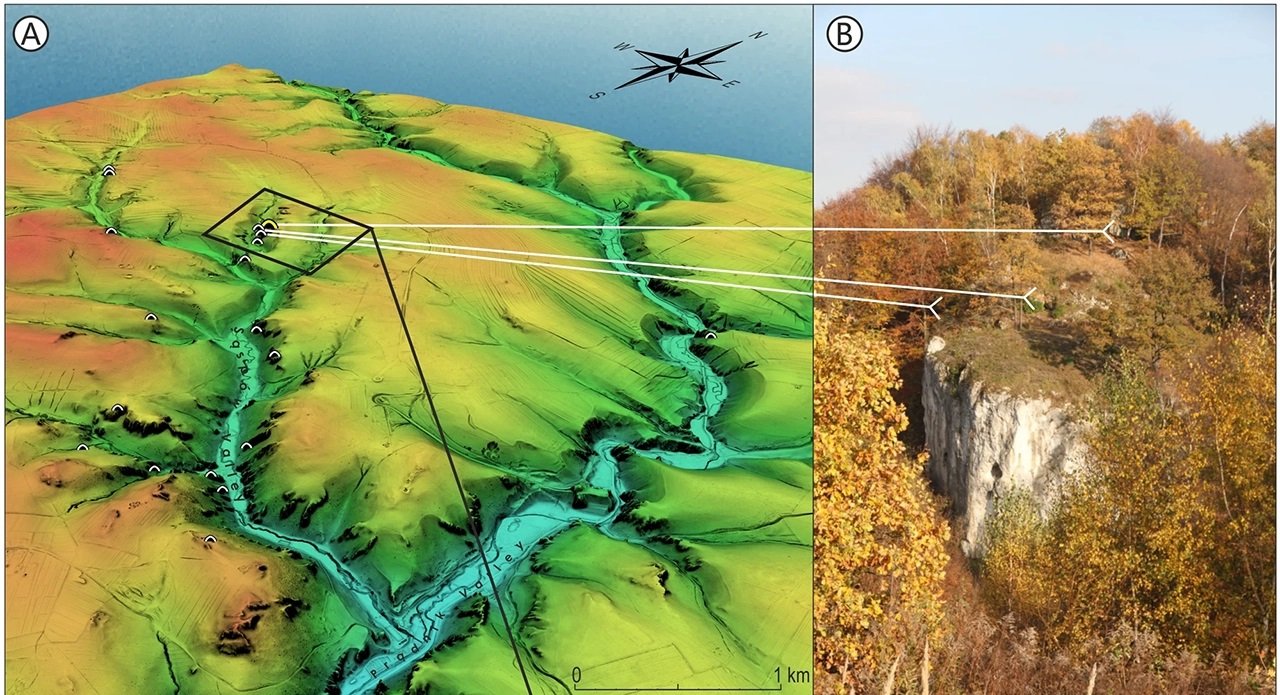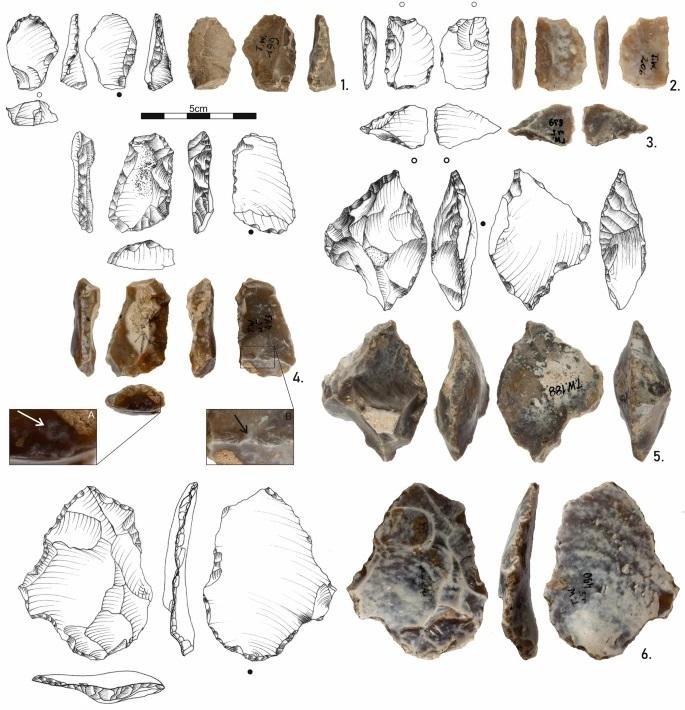Flint tools discovered more than 50 years ago in the Tunel Wielki Cave (Małopolskie region) have been dated to half a million years ago.

For a long time, researchers believed that the oldest traces of human presence in the Tunel Wielki cave were at most 40,000 years old. These initial findings proved to be incorrect. A new study by Dr. Małgorzata Kot from the Faculty of Archaeology of the University of Warsaw, now indicates that the tools are among the oldest creations in Poland and may be up to half a million years old.
“It started with an observation by an expert dealing with the remains of small mammals, Dr Claudio Berto. He said that the species he was studying were at least 40,000 years old and could be up to 500,000 years old.” Dr. Małgorzata Kot recalls in an interview with PAP (Polish Press Agency).
Most of the finds were immediately placed in cardboard boxes and stored after the excavations.
The remains of ancient relatives of today’s rodents were found among the small bones, mainly teeth. However, there were also the remains of larger animals. These were worked out by palaeontologists from the ISEZ Pan in Krakow and the University of Wrocław. Each of the species (now extinct in Poland) lived in the area between 450 and 550 thousand years ago.
In the same layer, there were 40 flint artifacts, mainly refuse from the manufacture of tools, but also several flint scrapers and small flint knives.
“Since these artifacts come from the same layer as the bones, it means that their ages are very similar. The re-excavations carried out in the cave in 2018 also confirmed this conviction. These confirmed the layer layout described by the researchers half a century ago. In addition, we discovered further production waste and animal bones,” Dr. Kot emphasized.
Although the animal bones show no signs of cutting or processing, the researchers believe the animals likely inhabited the cave during periods when it was temporarily occupied by people.
The tools were likely made by Homo heidelbergensis, an extinct species or subspecies of archaic human that lived during the Middle Pleistocene. Such finds are rare, with tools also discovered in a cave in Maopolska, Lesser Poland.

The finds from the Tunel Wielki cave are among the very few pieces of evidence of the first humans who ventured north of the Carpathian Mountains. “It is rather unlikely that they wandered further north. We are most likely at the northern limit of their ability to survive,” the researcher says.
Admittedly, the climatic conditions differed little from those of today, but they were nevertheless a challenge for the people of that time.
“This is an insanely interesting aspect of the analyses for us. We can study the limits of Homo heidelbergensis’ ability to survive, and thus observe how it adapted to these unfavorable conditions,” the expert added.
In the future, researchers hope to find Homo heidelbergensis bones in the Tunel Wielki cave. These would be the oldest human remains discovered in Poland. The oldest ones that are currently known date back at least 50,000 years and are from a Neanderthal.
The National Science Centre is funding the investigation in the Tunel Wielki cave as part of a wider project. (Source: Poland Daily 24, Nauka w Polsce)
More information: Kot, M., Berto, C., Krajcarz, M.T. et al. Frontiers of the Lower Palaeolithic expansion in Europe: Tunel Wielki Cave (Poland). Sci Rep 12, 16355 (2022). https://doi.org/10.1038/s41598-022-20582-0
























